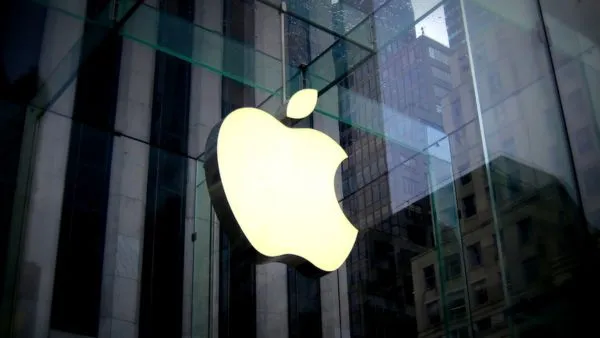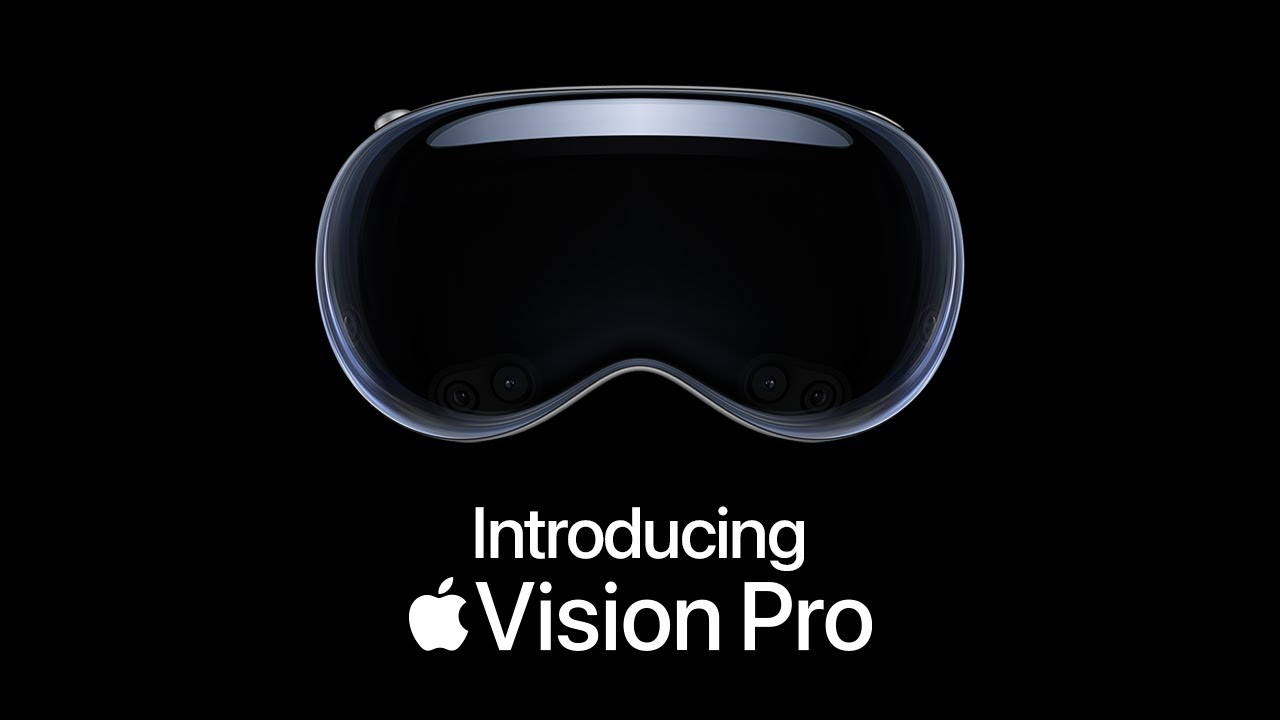Last updated on December 8th, 2022 at 02:34 pm
Apple’s M1 processor was compared to the most powerful Intel chips in SPECint2006 benchmarks. The results are impressive
Yesterday Apple unveiled the new MacBook Air, MacBook Pro, and Mac mini, which are the company’s first computers based on the ARM-branded M1 chipset. Now the authoritative Internet publication AnandTech has published a detailed description of the process underlying the new devices, and also compared it with x86 processors used in similar devices.
Don’t forget to leave us a comment below and let us know what you think!
Share Our Website for Technology News , Health News , Latest Smartphones , Mobiles , Games , LifeStyle , USA News & Much more...





